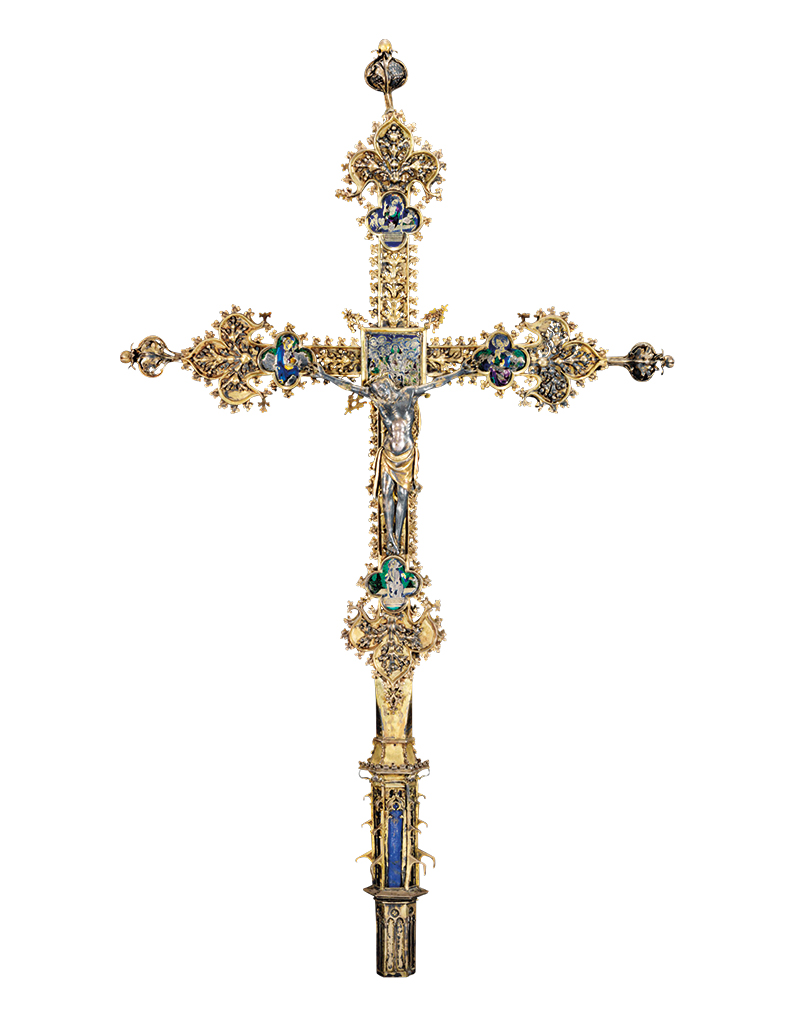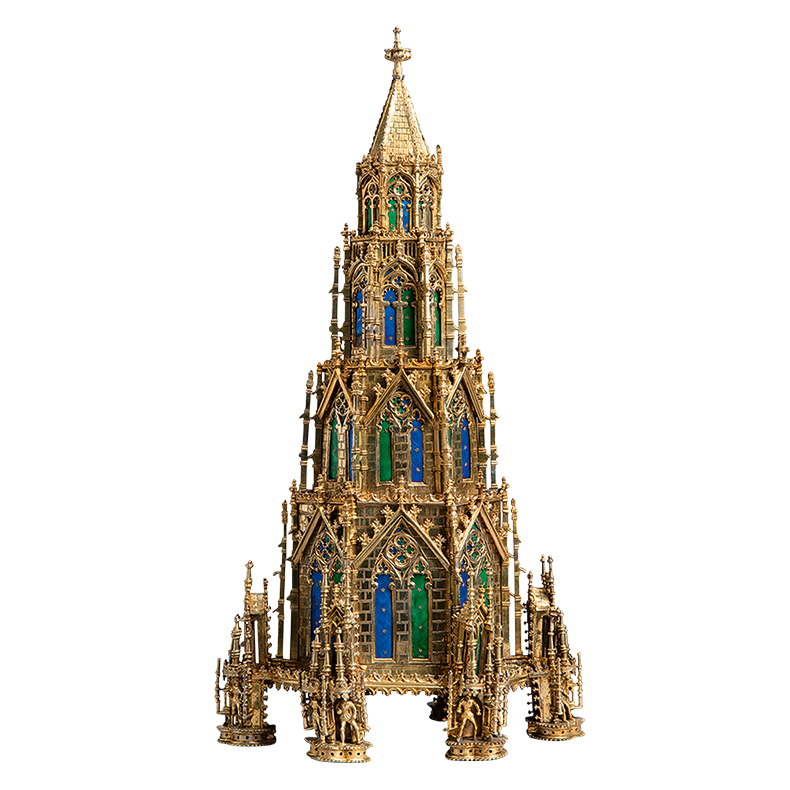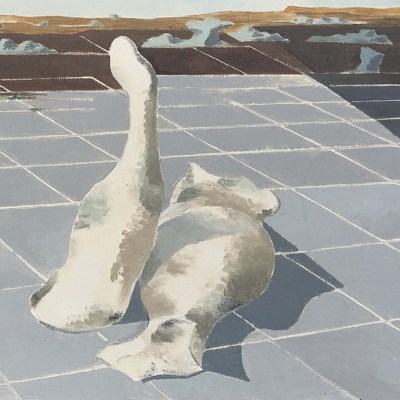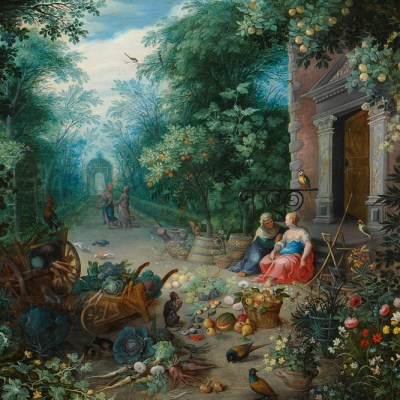From the May 2022 issue of Apollo. Preview and subscribe here.
It is the fate of silver not to survive. At moments of historical crisis or even a change in fashion, it can all too easily be melted down. Silver from the Iberian Peninsula has been especially vulnerable since the Wars of the Spanish Succession (1701–14), which brought both Spain and France to their knees. A century later Napoleon’s invasion, followed by the bloody Peninsular War, brought more instability. Although Portuguese silversmithing reached its apogee with the 1,000-piece silver-gilt service presented to the Duke of Wellington after the Battle of Waterloo – the centrepiece of which was described in 1995 by the V&A’s head of metals conservation, Diana Heath, as ‘one of the most important examples of Neo-classical silver ever made in Europe’ – there is very little 18th- or even 19th-century Hispanic silver on the market. However, as the art historian Carl Hernmarck wrote in 1977, ‘Spanish churches still possess more silver than any others in Europe.’
The golden age of Hispanic silver – as Charles Oman called it in his magisterial volume of that name – dates from around 1400 to 1665. After the establishment of the kingdom of Navarre in 1134, Christians across Spain and Portugal strove to oust the Muslim rulers who had ruled the peninsula since 711. This was finally achieved in 1492 with the defeat of the last Nasrid ruler of Granada, Muhammad XII, by the Catholic monarchs Ferdinand of Aragon and Isabella of Castile, who between them unified most of Spain in two kingdoms. Because of its role in the creation of liturgical objects, goldsmithing was central to this political and religious mission, as well as the ensuing Counter-Reformation. Across the Iberian Peninsula there were at least 15 major centres for metalwork, as well as what Oman describes as ‘a score of secondary importance’.
This regionalism makes it difficult to generalise; styles associated with different eras often overlap. The absence of hallmarks also complicates attribution, with few named makers. Moreover, during this period Spain at times controlled the Netherlands, Flanders, Naples and Sicily, absorbing the influence of different talents, while Portugal drew influences from its Asian colonies. Travelling masters also came from across Europe; they include Enrique de Arfe (c. 1475–1545), born near Cologne, who established a dynasty of Spanish goldsmiths.
Processional cross, c. 1370–1400. Christie’s London, £206,500

Silversmithing reached a peak of excellence in the Kingdom of Aragon under the patronage of Peter IV (r. 1336–87), in the cities of Barcelona, Valencia and Saragossa. Influenced by French metalwork and enamelling, a distinctive Catalan gothic style emerged. In Castile, in the 16th century, a Renaissance style took shape, fed by precious metals from Mexico and Peru. Between 1570 and 1665 there came a new native style, influenced by the architects of El Escorial, Juan Bautista de Toledo and Juan de Herrera. Well-proportioned and solid, but less elaborate than earlier pieces, these works were cheaper to produce. A favourite feature is the use of enamelled bosses. Despite the decline in Iberian fortunes in the 18th century, a baroque style flourished.
The market is currently quiet. Harry Williams-Bulkeley, international head of Christie’s silver department, suggests that ‘There were quite a few big collections formed in the 1980s and 1990s. There are a lot of things sitting in collections.’ He regrets that he sees far fewer of the wonderful ‘ewers, basins, candlesticks’ that once circulated. When excellent pieces do come to market, however, ‘There is strong interest.’ In July 2015, a silver-gilt and translucent enamel processional cross (c. 1370–1400), most likely from the Catalan region, sold in a single collection sale at Christie’s London for £206,500 (est. £30,000–£50,000). Williams-Bulkeley notes that there will be a large ewer and basin of 1630 for sale in Paris on 30 June (est. €200,000–€300,000). Damascened ‘moresque’ works of forged iron by Plácido Zuloaga (1834–1910), inlaid with elaborate gold and silver patterns, are also sought after: a large ‘Alhambra’ vase of 1878 sold for £312,000 at Christie’s London in July 2021 (est. £300,000–£500,000).
Thierry de Lachaise, head of silver and vertu at Sotheby’s Paris, says, ‘Ten years ago the market was very Spanish. Today, it has broadened.’ Most commonly available are silver ewers from the 16th and 17th centuries, which served both ecclesiastical and secular functions. Large architectural custodias (structures for holding the monstrance), chalices and monstrances also attract interest. Lachaise adds, ‘For important pieces, with an international audience, the market is strong.’ He cites the sale at Sotheby’s Paris in November 2021 of a Spanish parcel-gilt silver ewer, c. 1600, for €20,160 (est. €7,000–€10,000). A silver-gilt monstrance, without a maker’s mark but probably from Spain, c. 1650, sold for €18,750 in April 2018 (estimate €8,000–€10,000).
Monstrance, c. 1400–50, northern Spain. Sam Fogg, (price on application).

Matthew Reeves of Sam Fogg Ltd, which focuses on the medieval period, is more sanguine: ‘I think people are coming round to Spain – they realise the market for Netherlandish and Italian silver is out of reach.’ Although ‘the visibility of Spanish silver in the English-speaking world has improved’ he suggests that scholarship in English has not kept pace with developments in Spain, particularly in the difficult area of hallmarking. Sam Fogg has a micro-architectural monstrance (the most important liturgical object because it showed the host) from northern Spain, c. 1450, with feet adapted for an object from later in the 15th-century; it was once owned by James de Rothschild, whose forebears had commissioned craftsmen, possibly German, to re-enamel the window. ‘It is an object that has changed to keep in fashion,’ Reeves says. Sam Fogg also has an untouched architectural monstrance with two saints, also made in Barcelona in c. 1520–30. Reeves says, ‘The bulk of what we do is not secular. If it is secular, it barely crosses our desk and it has gone.’
Christopher Hamlyn, of Mayflower Antiques, says, ‘Spanish silver is really chunky, and very honest – because they had a lot of it!’ He complains that the market is limited by supply. ‘More ecclesiastical silver has found its way on to the market than secular.’ He has for sale a rare Spanish silver bernegal, or communal drinking vessel, of around 1650, with handles and lobed edges to the top of the bowl and marked on the side for Zaragoza (£31,500), as well as a patterned Spanish silver plate from the first half of the 17th century for £8,000. Hamlyn comments, ‘Collectors vary dramatically. Most see Iberian and colonial silver as a group on its own. But one collector will only buy marked Portuguese pieces.’
Silverware was included in an exhibition last year at Colnaghi, ‘Discovering Viceregal Latin American Treasures’. The abundance of silver accruing to the Spanish crown from mines in Latin America encouraged the emergence of silversmithing workshops across the New World. Their works served to decorate churches, but also the homes and palaces of those living on Latin American soil. Colnaghi has available a flamboyant silver estrado table, c. 1780, from Upper Peru; the gallery’s CEO Jorge Coll points to ‘popular demand in the market for the unique and rare art from the Viceregal era’.
From the May 2022 issue of Apollo. Preview and subscribe here.



